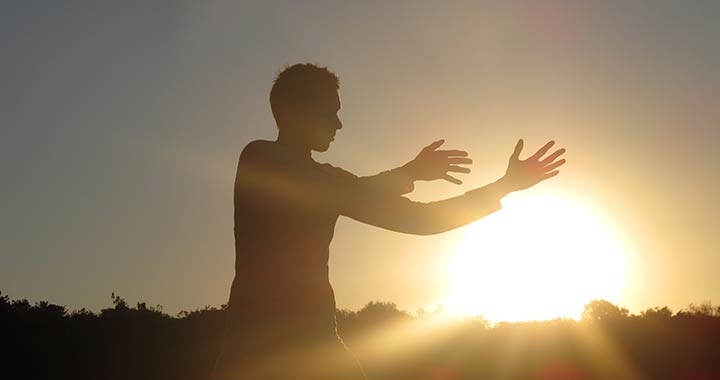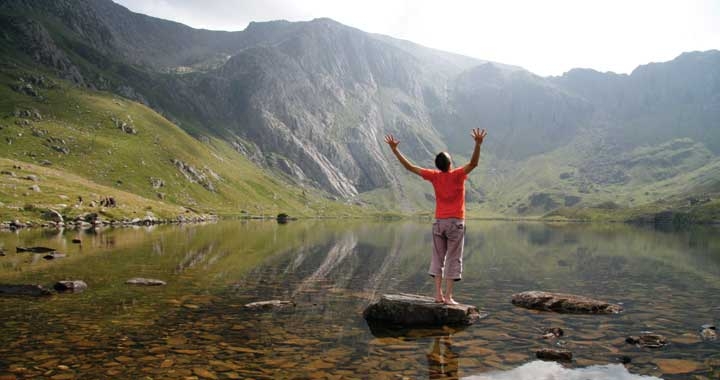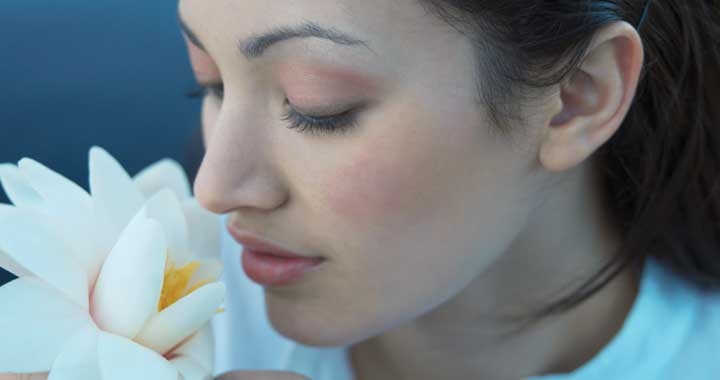How is Dru Yoga different
Dru Yoga has its roots in hatha yoga, and includes classical yoga postures (asanas), pranayama (breath control), mudras (gestures), positive affirmations, empowering visualisations and powerful flowing dynamic sequences.
Classes are tailored to an individual level and usually contain Energy Block Release sequences (EBRs), graceful yoga sequences, pranayama, relaxation and Dru Meditation.
What is unique about Dru Yoga
What does 'Dru' mean?
Dru comes from the Sanskrit word dhruva, which refers to the stillness that can be experienced in Dru Yoga and Dru Meditation. In this stillness we are able to sit back from anything that may be happening around us, and see and act from a point of clarity and inner calm.
- Joints are kept relaxed and soft during movement (as in tai chi). This creates flexibility and a free flow of subtle energy.
- Energy Block Release sequences are easy-to-practise, flowing movements that help to release tension physically, mentally and emotionally.
- In Dru Yoga all movements originate from the spine because a flexible, healthy spine supports your entire yoga practice.
- The spinal wave and spinal twist are core features of Dru, enhancing spinal health and vitality.
- A deep understanding of core stability is a major focus.
- Dru Yoga works to balance the chakras (energy centres of the body) and access the powerful energy of the heart.
- Within the flow of movement, Dru Yoga creates powerful moments of stillness which we call ‘Dru points’.
![]()
Jill
Dru Yoga undergraduate
Having experienced many different forms of yoga over the last twelve years
I find the holistic philosophy of Dru Yoga very appealing and most effective!
So how does Dru Yoga compare with other types of yoga
There are dozens of types of yoga in the UK. At present, Dru is the second largest British yoga teacher training school. Many people come to Dru Yoga classes as they enjoy the graceful, flowing sequences of this accessible type of yoga. Dru Yoga can be practised by people of all fitness levels and abilities. If you enjoy a gentle sequence of yoga postures, then try a Dru Yoga class near you. If you would prefer something more dynamic, then explore the Dru Yoga classes in your area or try Dru Dance - where the flowing Dru sequences are performed to upbeat music. Dru Yoga really has something for everyone!

Ashtanga Yoga
Ashtanga, which means "eight limbs" in Sanskrit, is a fast-paced, intense style of yoga. Ashtanga uses a set of strong yoga postures which are performed in a set order.
Bikram Yoga
Bikram Choudhury, created the so-called 'hot yoga' which focuses on 26 poses always being repeated in the same order. Bikram Yoga studios are heated to approximately 105 degrees fahrenheit to simulate the climate in India, which keeps the muscles flexible and relaxed.
Wendy
Dru Yoga Graduate
If you want to physically strengthen your body and emotionally enhance your mind, Dru Yoga will give you the tools to take into your daily life and help you cope with the stresses of modern living.
Hatha Yoga
Hatha (ha-sun, tha-moon) is the most traditional form of yoga, and most yoga schools (eg Shivananda, British Wheel of Yoga and Scaravelli) are based upon the hatha style. It is likely to be reasonably gentle and accessible to all.
Iyengar Yoga
Based on the teachings of the yogi B K S Iyengar, this style of yoga is most concerned with bodily alignment. Iyengar yoga includes static postures, with jumps to get in and out of postures, and the use of props.
Vinyasa Yoga
Usually Vinyasa classes (dynamic connecting posture) are based around a variation of the Sun sequence, which is done with an awareness of the breath. Its aim is to create heat and flexibility in the body.
Take the next step...
The best way to find what is unique about Dru is to try it out for yourself.
What does ‘Dru’ Mean?
Dru comes from the Sanskrit word dhruva, which refers to the stillness that can be experienced in Dru Yoga and Dru Meditation. In this stillness we are able to sit back from anything that may be happening around us, and see and act from a point of clarity and inner calm.




